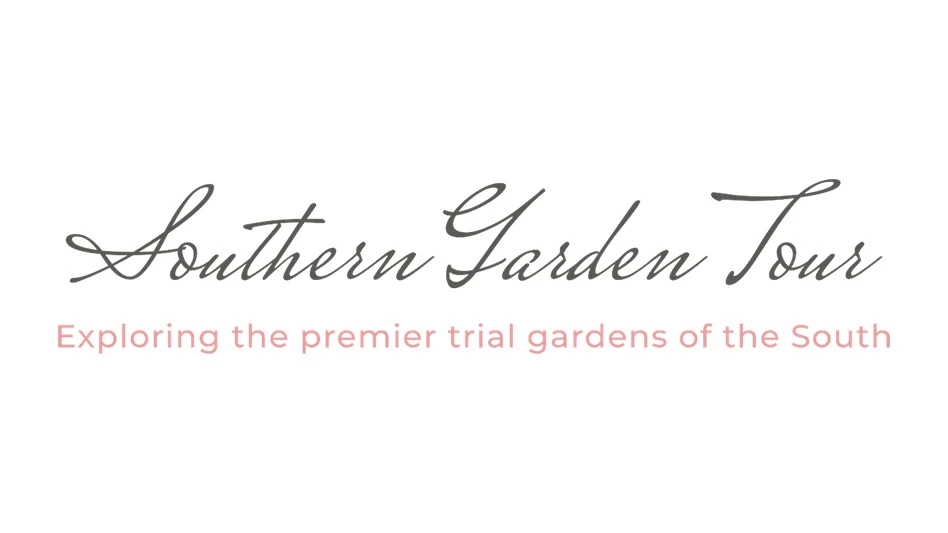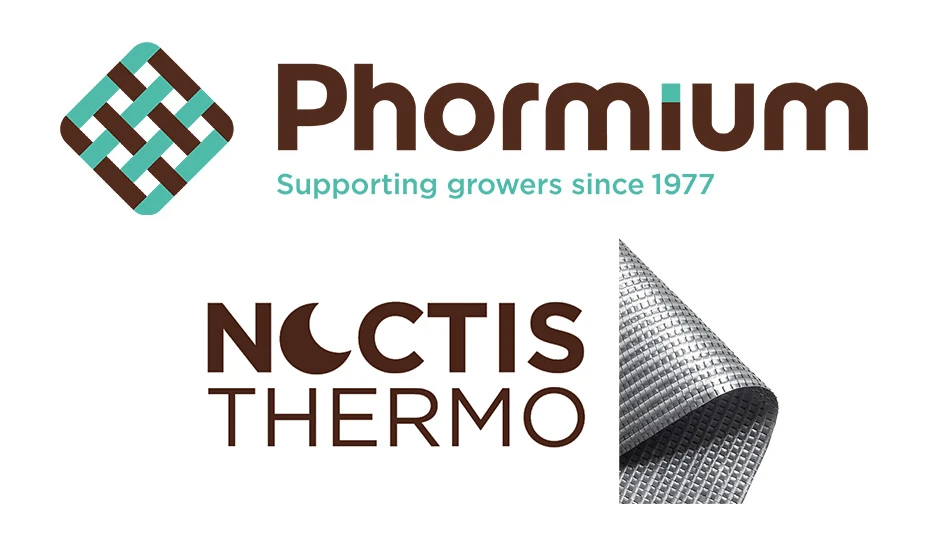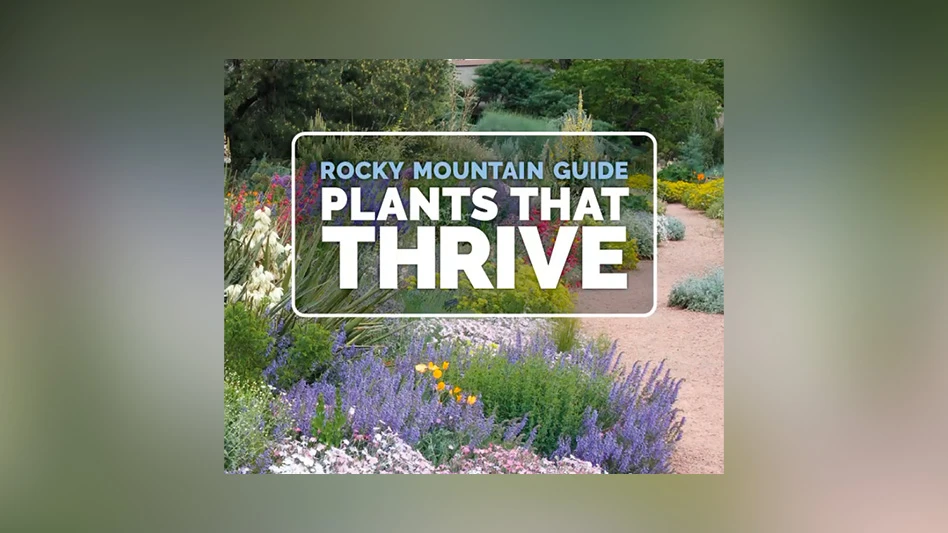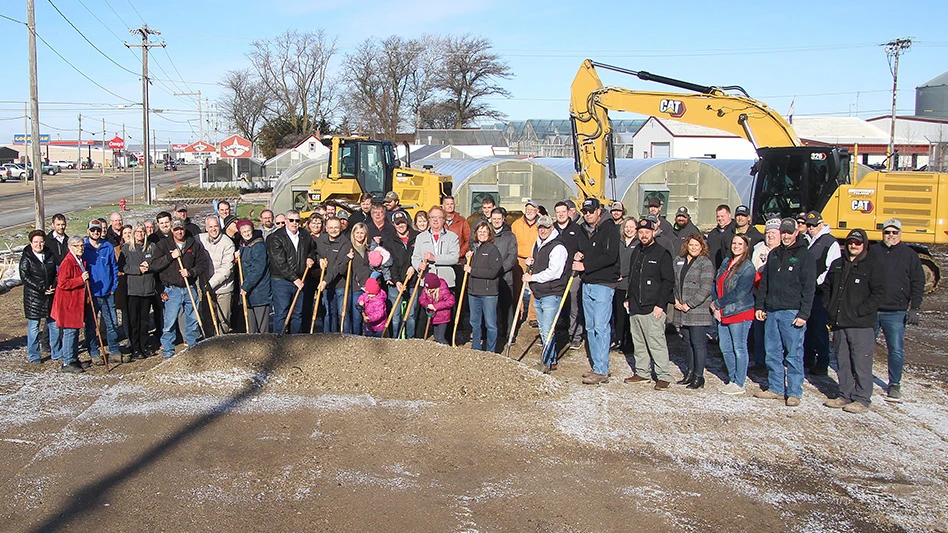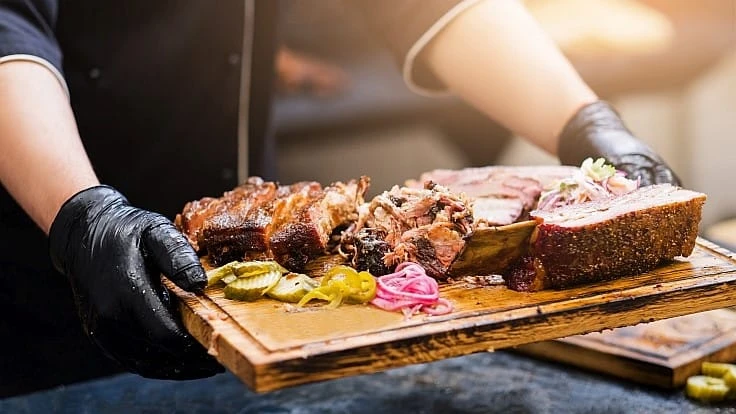
Photo courtesy of Adobe Stock
In the BBQ pit master world, “low and slow” refers to the style of smoking meats over low heat for long periods of time, resulting in tender, juicy and flavor-bursting BBQ.
It’s a similar principle in the horticulture world: sometimes a grower wants to slow a crop down and give it more time to root with less upward-developing vegetative growth. This was the subject of a recent session at AmericanHort’s Finished Plant Conference in Grand Rapids, Michigan, that was headed up by Syngenta’s Jamie Gibson.
Gibson, a PhD and technical services lead for the crop input multinational, says that one of the keys to this style of growing is to find the base temperature and the optimal temperature for any variety that you want to slow down, and find that middle point where growth is slowed but the plant will not suffer freeze damage or go too dormant.
“The base temperature is the absolute lowest a plant can tolerate before bad things — like lysis, where a plant’s cells start to explode due to exposure to extreme cold — start to happen, and the optimal temperature is a middle point between the base temperature and the hottest temperatures the plant can tolerate,” he explained.
A loose but good guideline for low and slow crop production, then, is to reduce greenhouse temperatures between 8-10 degrees, according to Gibson. He cautions that while doing so growers must keep in mind the fact that temperature has a “massive effect on plant quality.”
“And [also keep in mind] cooler temperatures will slow vegetative growth and inhibit flowering, while warmer temperatures will increase a plant’s need for water and increase growth rates,” he added. “And, if the temperatures go too low, you can get some undesired pigmentation.”
Of course, as any seasoned grower knows, when you decrease temperature and humidity levels stay the same, you are likely to become more susceptible to viral plant diseases.
“Venting becomes very important, because as we grow things a bit cooler, we need to stay on top of relative humidity, since you can have some condensation start to form if the outside air starts to warm up,” Gibson explained.
As far as how to treat your growing media in this style of growing, Gibson again says that it’s all about striking a balance.
“You’ll want a mix that has good drainage but also good water retention properties, since it’s best to avoid the media ever getting bone dry, but you also want to avoid it being really wet when you’re growing low and slow,” he advised, noting growers must monitor growing media EC and pH levels because the plants will still need to take up nutrients.
Which plants are good candidates?
Gibson gave his list of plants he’s comfortable producing in a low and slow growing style. The list includes:
- Pansies
- Blue Salvia
- Calibrachoa
- Lavender
- Petunia
- Alyssum
- Lobelia
One plant that Gibson does not recommend greenhouse growers put into a low and slow production cycle is geraniums. “They are light accumulators — so the interaction with light quality and a warmer temperature with those plants is more important to final plant quality than growing them low and slow,” he explained.
Latest from Greenhouse Management
- This month's Greenhouse Management magazine is about native plants and sustainability
- The HC Companies, Classic Home & Garden merge as Growscape
- Terra Nova releases new echinacea variety, 'Fringe Festival'
- Eason Horticultural Resources will now officially be known as EHR
- BioWorks receives EPA approval for new biological insecticide for thrips, aphids, whiteflies
- ScottsMiracle-Gro transfers cannabis subsidiary to focus on core lawn and garden business
- Should we start calling natives 'eco-beneficial plants'?
- Ellen Mackenbach-Lakeman appointed new CEO of Dümmen Orange

